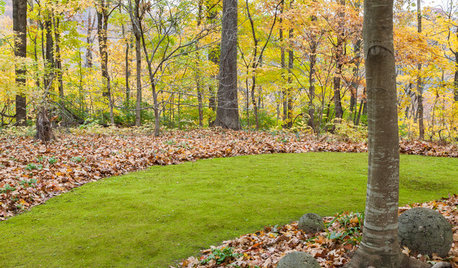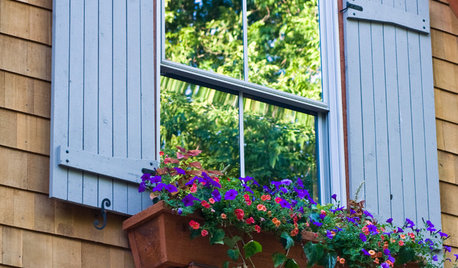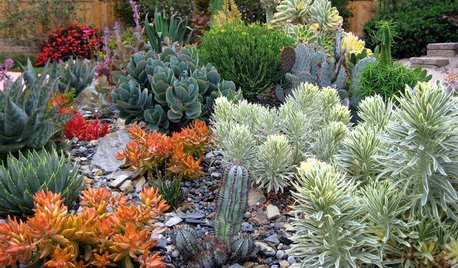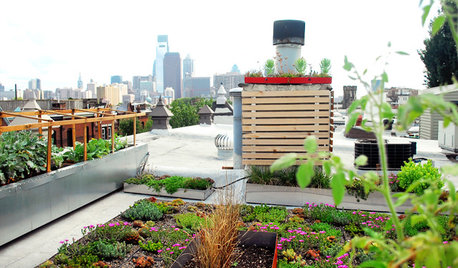sphagnum moss as growing medium?
jackierooke
13 years ago
Featured Answer
Comments (12)
gardener_guy
13 years agolast modified: 9 years agoRelated Professionals
Ashland Landscape Architects & Landscape Designers · Otsego Landscape Architects & Landscape Designers · South Orange Landscape Architects & Landscape Designers · Alexandria Landscape Contractors · Bowie Landscape Contractors · Bridgeview Landscape Contractors · Doctor Phillips Landscape Contractors · Fort Wayne Landscape Contractors · Overland Park Landscape Contractors · Reisterstown Landscape Contractors · Cedar Falls Decks, Patios & Outdoor Enclosures · Dedham Decks, Patios & Outdoor Enclosures · Inwood Decks, Patios & Outdoor Enclosures · Universal City Decks, Patios & Outdoor Enclosures · Westfield Decks, Patios & Outdoor Enclosureslarke
13 years agolast modified: 9 years agotapla (mid-Michigan, USDA z5b-6a)
13 years agolast modified: 9 years agogreenman28 NorCal 7b/8a
13 years agolast modified: 9 years agogreenman28 NorCal 7b/8a
13 years agolast modified: 9 years agolarke
13 years agolast modified: 9 years agotapla (mid-Michigan, USDA z5b-6a)
13 years agolast modified: 9 years agogreenman28 NorCal 7b/8a
13 years agolast modified: 9 years agojane__ny
13 years agolast modified: 9 years agoBONSAI9723
12 years agolast modified: 9 years agoHecticNature
10 years agolast modified: 9 years ago
Related Stories

HOUSEPLANTSHow to Grow Orchids Indoors
Orchids are the exotic aristocrats of the flower world and can make themselves comfortable in almost any home
Full Story
LANDSCAPE DESIGNMoss: Nature’s Carpet for the Garden
Learn how to grow and use this ancient and mysterious natural wonder for delightful texture in the landscape
Full Story
CURB APPEALHow to Make a Window Garden Grow
Get the scoop on materials, installation, plantings and more to bring the charming look of window boxes to your home
Full Story
CONTAINER GARDENS8 Easy Container Plants to Grow From Seed
Get beautiful blooms and herbs in summer by starting these choice garden picks from seed in spring
Full Story
GARDENING GUIDESA Beginner’s Guide to Growing Succulents
Their easy-care reputation is well-deserved, but a little TLC will turn succulents into star plants
Full Story
HOUSEPLANTSBaby Tears Mimics Moss for a Green Accent Indoors
This adaptable spreader thrives in water or soil, making it a terrific addition to containers and living walls
Full Story
GREEN BUILDINGWorld of Design: The Joy of Moss and Its Modern Uses
This great design plant is 400 million years in the making. See how it’s inspiring art, soothing spaces and building design
Full Story
LANDSCAPE DESIGN7 Low-Maintenance Lawn Alternatives
Turf isn't the only ground cover in town. Get a lush no-grass lawn with clover, moss and other easy-care plants
Full Story
HOME INNOVATIONSNow Approaching the Emerald City
Urbanites are spraying moss graffiti on walls and covering roofs in plants — and city regulators and designers are supporting the cause
Full Story
EDIBLE GARDENS8 Surefire Vegetables and Herbs for Beginning Gardeners
Learn the edible plants that are popular and easy to grow in a backyard or container garden
Full Story







tapla (mid-Michigan, USDA z5b-6a)